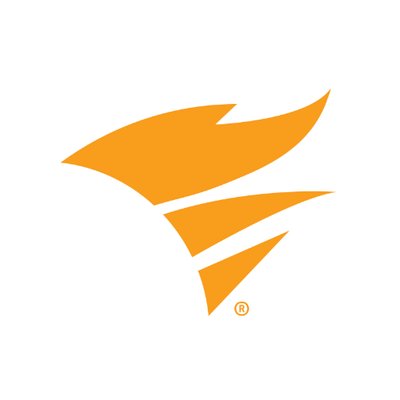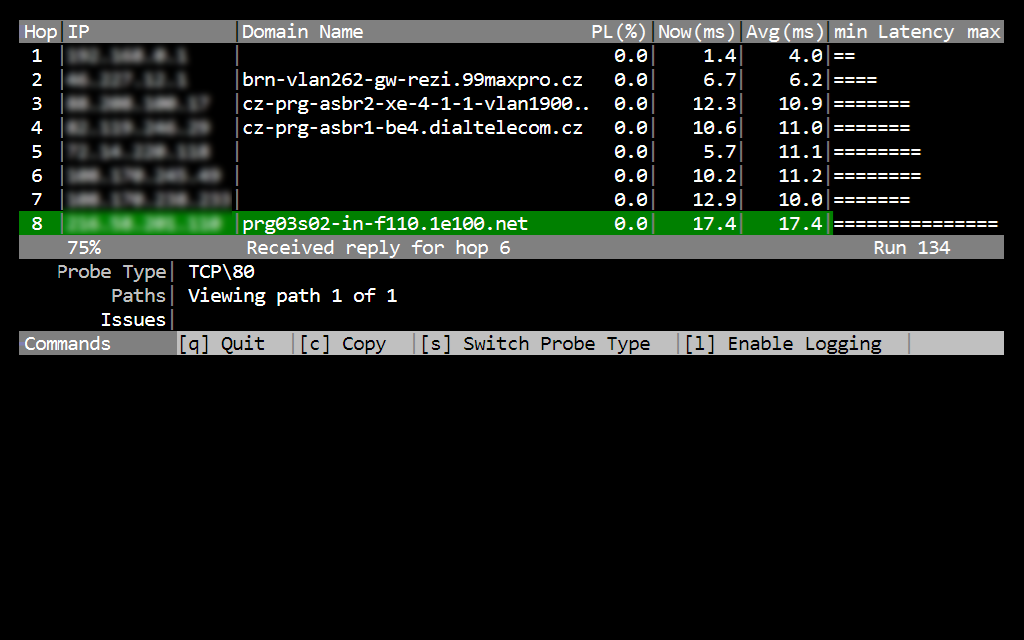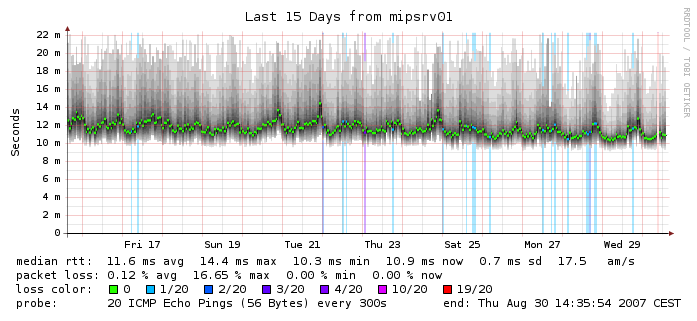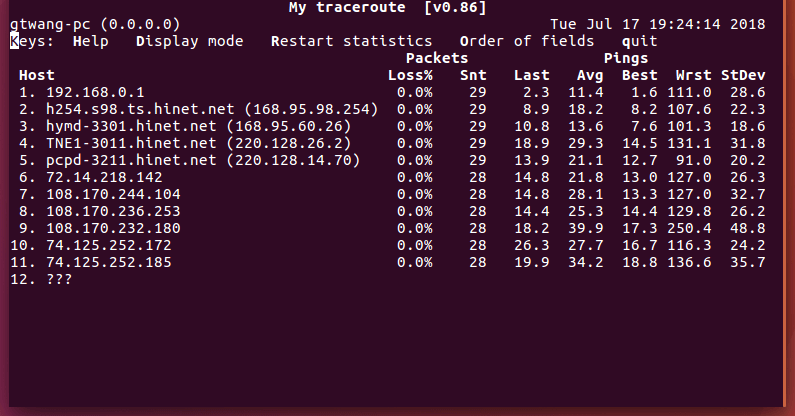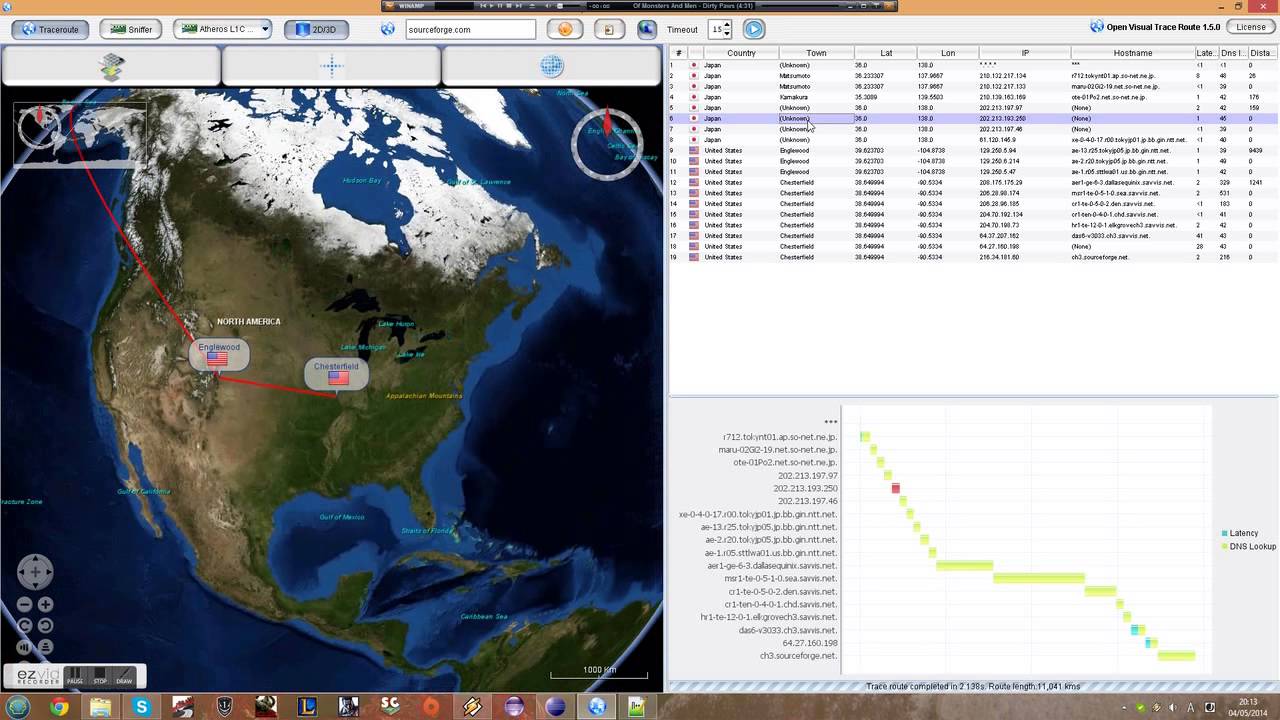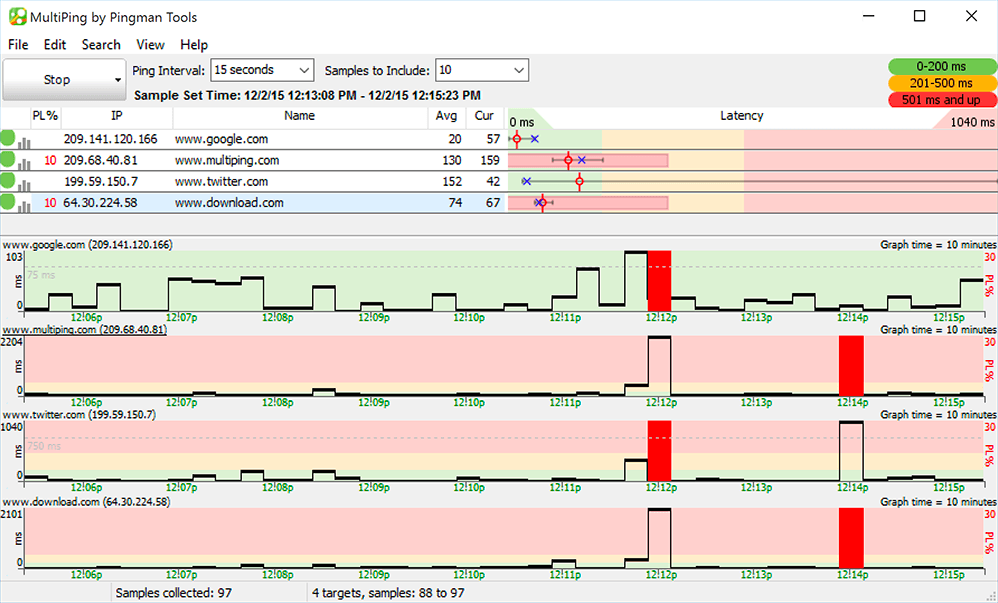The software can also collect historical data from the devices and applications in your network which therefore gives you a baseline from which to make your conclusions. Moreover, this software allows you to capture a screenshot of your analysis and provides sharing methods that will be useful in reporting the network problem either to your supervisor or to your ISP in case the fault lies in their end. These are just some of the features of ping plotter and you can already tell it’s a great software. But, is it the best? Absolutely not. There are numerous software that have come up that will be great alternatives for PingPlotter. While most of them are largely similar to PingPlotter some like SolarWinds TraceRoute NG capitalize on PingPlotters shortcomings or simply include more features to give you a better alternative. So, to give you the freedom of choice I will be highlighting 5 software that you can use instead of PingPlotter. I am sure you will have no problem finding one that best fits you from the list.
Best PingPlotter Alternatives
SolarWinds Traceroute NG is our best PingPlotter alternative for troubleshooting connectivity issues. Which should not really come as a surprise considering SolarWinds is one of the most trusted developers of Network Management Tools. Not only is this software great in performing accurate Path analysis but it’s also able to return results in the shortest time possible. Sometimes even seconds. SolarWinds TraceRoute NG uses both TCP and ICMP echo to perform Netpath analysis and also supports both IPv4 and IPv6. It uses SolarWinds excellent NetPath technology to collect crucial Network Performance data like the packet loss percentage, network latency, probe run time and also to display the IP Address and Fully Qualified Domain Name (FQDN). Since the analysis is conducted hop by hop it becomes much easier to establish the root problem in your network using this software. Another highlight feature of TraceRoute NG is the creation of a text file in which all the performance data is stored. This data can then be used for reference during future analysis. The text file also provides an easy way of reporting network issues to other people in your network. In case there is a change in the data path, TraceRoute NG immediately detects them and alerts you. It also supports continuous probing which means you will continue receiving real-time statistics on a problem while further troubleshooting takes place. TraceRoute NG is completely free. SmokePing is an open source software and hence comes at no cost. Much like PingPlotter, this software also boasts of excellent visualizations. It comes with an interactive graph explorer that represents your Network latency as charts and graphs to ease the process of network troubleshooting and repair. For further analysis of your network latency, SmokePing has a bunch of plugins that you can integrate. It also allows distributed measurement through a master/slave communication and unlike most similar software SmokePing also has an alert system which you can customize to suit you. My TraceRoute, abbreviated as MTR, is another open-source software that constitutes of seamless integration of ping and TraceRoute functionalities. It uses ICMP Echo requests to measure the performance of your network and can monitor performance for every hop. Since this tool uses autoconfig, it will be compatible with almost all operating systems including MacOS. Immediately it is launched, this software sends ICMP echo requests to measure the performance of the network connection between its host and the specified destination host. It will then continue sending real-time statistics on the performance while the analysis continues. This software is quite easy to install and uses a command line interface much like the original TraceRoute tool. However, it brings the added feature of IPv6 support. As the name suggests, this software really puts emphasis on giving you a truly visual experience. It features a 3D map of the world that highlights the path taken by data from your computer to the target server. Low-end computers or Operating systems that might have compatibility issues with the OpenGL drivers used to render the 3D graphics will have to do with the 2D map. The packet sniffer is another useful tool integrated into this software that allows you to see the data being sent back and forth from the local system to the internet. Additionally, the ‘Whois’ feature can be used to get all the public information about a domain. This software is open source and is compatible with most OS including MacOS. MultiPing is a lightweight software that allows you to monitor either a single or multiple hosts. This software collects the performance data like network latency and packet loss percentage and presents it as graphical visualizations to aid in analysis. An added advantage is automatic alerts for when things are not right in the network. This software also supports integration with PingPlotter for advanced troubleshooting so if we are being thorough it’s as much a complementary software as it is an alternative software. Since MultiPing is a full-featured Network Monitoring Software, you get to enjoy several other features that may not be available in other similar software. These include a customizable interface, automatic detection of devices and continuous monitoring even when using Dynamic DNS. But this also means the software does not come for free. What you get is a free trial.
The 5 Best Alternatives to Windows Media Center8 Best Bluestacks AlternativesThe 5 Best Traceroute Alternatives for Connection Path AnalysisBest Spotify Alternatives for Music Streaming
